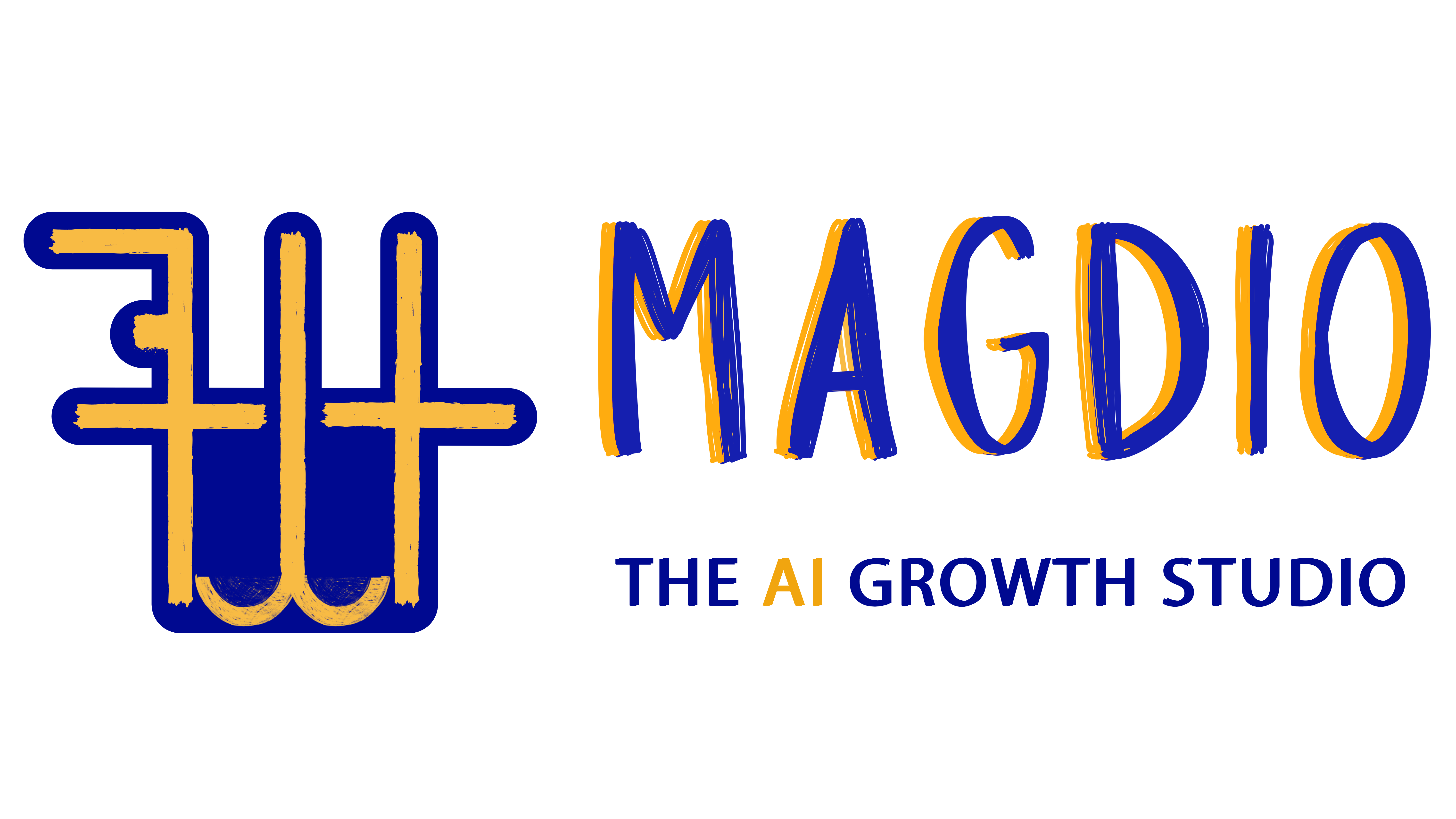If you’re looking to grow your business online, you’ve probably heard of Google Ads and Facebook Ads. They’re two of the biggest advertising platforms out there, and both have the power to help you increase traffic, generate leads, and boost sales. But which one is right for you?
The truth is, both Google Ads and Facebook Ads can do great things for your business, but choosing the right one depends on your goals and what you’re trying to achieve. Whether you’re a small local business or a larger company, it’s important to know how each platform works so you can make the best choice for your budget and marketing strategy.
In this blog, we’ll dive into what makes Google Ads and Facebook Ads different, explore the advantages of each, and help you figure out which platform might be the best fit for your business. By the end, you’ll have a clearer understanding of how to use these platforms effectively to grow your business.
What Is Google Ads?
Google Ads, formerly known as Google AdWords, is an online advertising platform from Google that allows businesses to create ads that show up on Google’s search engine and across other websites and apps in Google’s network.
When you use Google Ads, your ads appear when someone searches for keywords related to your business. For example, if someone searches for “best running shoes,” your ad can show up if you sell running shoes. The best part? You only pay when someone actually clicks on your ad (this is known as Pay-Per-Click, or PPC), so you’re paying for real potential customers.
With Google Ads, you can target people based on what they’re searching for, where they’re located, and even what device they’re using. It’s an excellent choice for businesses that want to catch people when they’re actively looking for a product or service just like yours.

What Are Facebook Ads?
Facebook Ads is another popular platform, but it works a bit differently. Rather than targeting people based on what they’re searching for, Facebook Ads target people based on things like their interests, demographics, and online behaviors. It includes ads on Facebook itself, as well as Instagram, Messenger, and other places in Facebook’s ad network.
On Facebook, people aren’t typically looking to buy something—they’re scrolling through their feeds, chatting with friends, or watching videos. Facebook Ads interrupt that experience to show them something they might like or be interested in. This makes Facebook Ads great for building brand awareness, targeting potential customers who might not have thought about your product yet, or even driving long-term engagement.
Facebook offers a variety of ad formats like photo ads, video ads, carousel ads (multiple images or videos), and lead generation ads, giving you a lot of creative options to catch attention and engage with your audience.

Comparing Google Ads vs. Facebook Ads
So, how do Google Ads and Facebook Ads stack up against each other? Let’s break it down into a few key areas to help you decide which one is best for your business.
1. Audience Intent: Are They Searching or Browsing?
One of the biggest differences between Google Ads and Facebook Ads is intent—the reason why someone sees your ad.
Google Ads: High Intent, Active Searchers
Google Ads is perfect if you want to reach people who are already actively looking for what you’re offering. For example, someone searching for “best running shoes” is probably ready to buy, so your ad can show up exactly when they need it. Google Ads is great for targeting people with high purchase intent, so if you’re trying to convert potential customers who are ready to take action, this is the way to go.
Facebook Ads: Browsing and Interest-Based
On Facebook, people aren’t searching for products. They’re scrolling through their feed, interacting with friends, or watching videos. This means Facebook Ads are designed to interrupt their browsing experience and introduce your product to them in a way that grabs their attention. It’s a great platform if you want to create awareness about your brand or product and reach people who might not even be thinking about what you sell yet.
2. Targeting: How Precise Can You Be?
Both Google Ads and Facebook Ads let you target your audience, but in different ways.
Google Ads: Target by Keywords
With Google Ads, you target people based on the keywords they type into the search bar. So, if you sell running shoes, you can target the keyword “best running shoes.” You can also get specific with things like location, device, time of day, and more. Google Ads also lets you remarket, meaning you can show ads to people who have already visited your website but haven’t made a purchase yet.
Facebook Ads: Target by Demographics, Interests, and Behaviors
Facebook allows you to target people based on demographics, interests, behaviors, and even life events like a recent engagement or birthday. It’s much more about targeting people who fit a specific profile—like targeting people who love fitness, live within a certain radius of your store, and are likely to be interested in running shoes. Plus, Facebook’s lookalike audience feature lets you find new people who are similar to your current customers, which can help expand your reach even more.
3. Ad Formats: Which Creative Works Best?
The type of ad you create can make a big difference in how well your campaign performs.
Google Ads: Text or Visual Ads
Google Ads is mostly about text ads, especially in search results. However, if you’re running ads on the Google Display Network or YouTube, you can use image ads, video ads, and other creative formats. Google Ads works best when your message is direct and concise, especially for people actively searching for a solution.
Facebook Ads: Visually Rich Ads
Facebook is all about visual appeal. You can use photos, videos, carousel ads (where people can swipe through multiple images or videos), and slideshow ads. Facebook Ads are great for showing off your products in a fun, eye-catching way. If you have strong visuals or videos that tell a story or grab attention, Facebook is a perfect platform to showcase them.
4. Cost: Which One Fits Your Budget?
Both platforms let you set a budget and choose how much you want to spend on ads, but the cost can vary based on your industry, competition, and targeting.
Google Ads: Potentially Higher Costs for Competitive Keywords
Google Ads can be more expensive, especially if you’re targeting highly competitive keywords (think industries like law, insurance, or finance). However, the potential for a high return on investment (ROI) is often worth it because you’re targeting people who are ready to buy. So, if you have a bigger budget and you’re targeting high-intent customers, Google Ads can be a solid investment.
Facebook Ads: Affordable, Especially for Awareness
Facebook Ads tend to be more affordable in terms of cost-per-click. This makes it a great choice if you’re looking to reach a large audience without breaking the bank. If your goal is brand awareness or engaging people who aren’t necessarily ready to buy, Facebook Ads can give you a lot of value for less money.
5. Tracking Performance: How Do You Know If It’s Working?
Both Google Ads and Facebook Ads provide powerful tools for tracking how your ads are performing.
Google Ads: Real-Time Data and Conversion Tracking
Google Ads gives you access to detailed data on things like clicks, conversions, and cost-per-click. It integrates with Google Analytics, which means you can track how visitors behave on your website after clicking your ad. This is especially useful if your goal is direct conversions—like making a sale or getting someone to fill out a contact form.
Facebook Ads: Insights for Engagement and Awareness
Facebook Ads also provide detailed metrics like reach, engagement, and conversions. You can use Facebook Pixel to track how people interact with your website after clicking your ads. Facebook is fantastic for tracking engagement, which is helpful if you’re focused on building relationships with potential customers over time.

When Should You Choose Google Ads vs. Facebook Ads?
Choose Google Ads If:
- You’re targeting people who are actively searching for your product or service.
- Your goal is to reach high-intent customers who are ready to make a purchase.
- You need real-time tracking and detailed performance data.
- You’re in a competitive market and need to stand out in search results.
Choose Facebook Ads If:
- You want to build brand awareness and introduce your product to new audiences.
- Your goal is to target people based on interests and behaviors.
- You have strong visual content that will catch people’s attention.
- You’re working with a smaller budget and want to reach a wide audience affordably.
Final Thoughts
In the end, both Google Ads and Facebook Ads are powerful tools for digital marketing, but they serve different purposes. Google Ads is great for targeting high-intent customers who are ready to buy, while Facebook Ads excels at building brand awareness and engaging people based on their interests and behaviors.
So, which one should you use? It depends on your business goals, budget, and the kind of audience you want to reach. Many businesses actually use both platforms—Google Ads for targeting people who are actively looking for their products and Facebook Ads for reaching new customers and building long-term relationships.
No matter which platform you choose, the key to success is to understand your audience, create engaging ads, and track your performance to see what works best.

